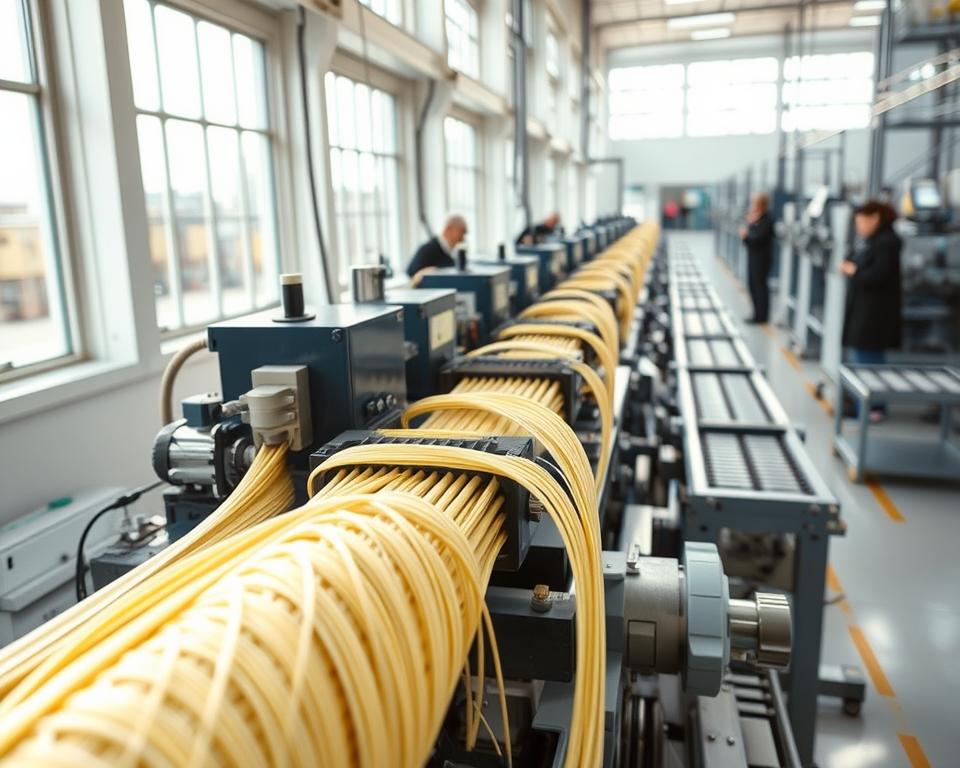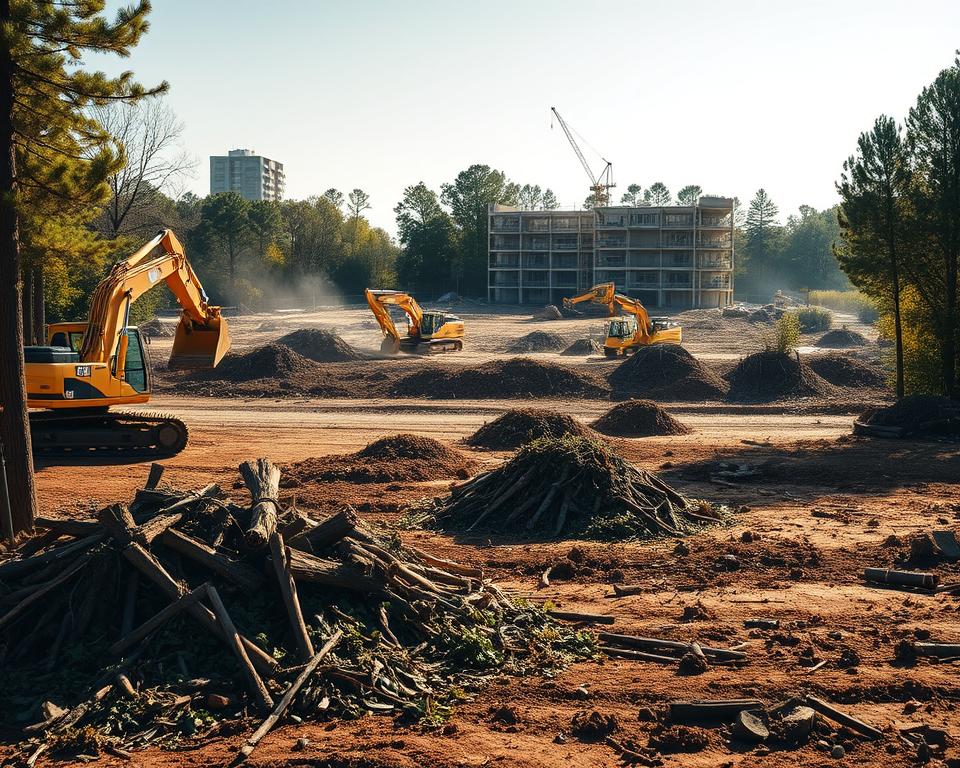Charting the Realm of Gift-Giving: Grasping Giftcardmall.com alongside the “MyGift Visa Balance” Process
Stored-value tokens have become a ubiquitous part of current-day commerce, delivering versatility for the end user and handiness for the gift-giver. In the vast online bazaar for these physical and virtual tokens of monetary worth, Giftcardmall.com rises above as a key player. Frequently, holders of select items purchased through this portal, chiefly Visa or Mastercard pre-funded gift cards, will use a interface or site frequently labeled to or connected by URLs including “MyGift.” This article investigates Giftcardmall.com, unpacks the operations associated with www.giftcardmall/mygiftcard while it reviews the overall user journey of leveraging these favored gifting solutions.
Explaining Giftcardmall.com?
Giftcardmall.com is a front-running online vendor focused on gift cards. Run by the Blackhawk Network group, a international leader in branded financial services, the platform provides an wide-ranging selection of gift cards from hundreds of leading brands across diverse sectors. These comprise:
- Stores: General merchants, fashion names, tech shops, interior outlets, among others (e.g., Target, Macy’s, Best Buy, Home Depot).
- Dining: Sit-down, fast food, cafés (e.g., Olive Garden, Chili’s, Starbucks, Panera Bread).
- Amusement: Movie theaters, streaming services, video-game ecosystems (e.g., AMC Theatres, Netflix, Xbox).
- Travel: Carriers, hotels, travel agencies.
- Adventures: Wellness centers, activity providers.
- Open-Loop Cards: Visa and Mastercard gift cards that can be redeemed wherever those networks are accepted.
The primary appeal of Giftcardmall.com is found in its simplicity and variety. It serves as a single destination for shoppers seeking to buy gifts for various occasions (anniversaries, holidays, thank-yous) and for businesses pursuing bulk gift card solutions for employee rewards or customer perks. Patrons can generally pick between physical gift cards delivered by post or digital eGift cards issued on the spot via email.
Breaking Down “MyGift”: Initialization and Handling
The term “MyGift” in the environment of Giftcardmall.com generally isn’t a unified digital wallet where you store all types of gift cards purchased from the site. Conversely, it most commonly concerns the specialized online site or website address used to activate, register, and manage the prepaid Visa and Mastercard gift cards supplied via Giftcardmall.com.

When you receive a Visa or Mastercard gift card purchased through Giftcardmall, it frequently calls for activation before use. The packaging or accompanying material (or the email for an eGift card) will ordinarily lead you to a designated website URL to control your card. This URL might show up something like Giftcardmall.com/MyGift, MyGift.Giftcardmall.com, or a variation specific to the card issuer partnered with Blackhawk Network (e.g., mygiftcardsite.com, vanillagift.com which are also Blackhawk Network related portals).
The fundamental features available through these “MyGift” related portals commonly include:
- Card Activation: This is generally the first step. You’ll commonly need to input the gift card number, expiration date, and the three-digit code found on the back of the card.
- Amount Lookup: Once activated, you can access anytime by entering the card details to verify the remaining credit.
- Purchase Log: Display a list of purchases, refunds, or other transactions executed using the card. This assists expense monitoring and spot any discrepancies.
- User Sign-Up: Some portals offer or require you to register the card by tying it with your name and address. This can be important for placing online purchases (where address verification might be requested) and can sometimes deliver a layer of protection or aid in customer service inquiries if the card is lost or stolen (though replacement policies vary significantly and are often limited).
- PIN Control: For some cards, particularly those intended for point-of-sale debit transactions, you might be able to view or create a Personal Identification Number (PIN) through the portal.
It’s vital to understand that merchant-branded gift cards (like a Starbucks or Target card) purchased from Giftcardmall.com are typically handled through the retailer’s own https://giftcardmallmygift.quora.com/ systems, not the “MyGift” portal tied to the prepaid Visa/Mastercard products.
Step-By-Step Flow
Let us walk through the timeline of a user engaging with a Giftcardmall-sourced Visa or Mastercard gift card perhaps handled through a “MyGift” style portal:
- Receive the Card: You get a physical card in the mail or an eGift card via email.
- Find Directions: Diligently read the packaging, sticker on the card, or the email content. Search for instructions mentioning activation or balance checking and note the specific website URL provided.
- Enter the Webpage: Navigate to the specified URL in your web browser.
- Key In Data: Enter the card number, expiration date, and CVV/security code as prompted.
- Enable: Follow the on-screen steps to activate the card if required. This might involve double-checking details or creating registration information.
- Administer: Once activated, employ the same portal to monitor money before shopping, inspect past transactions, and update any registration details if applicable.
- Purchase: Utilize the card for purchases online or in-store, in any place Visa or Mastercard debit cards are accepted (up to the available balance).
Upsides of Utilizing Giftcardmall.com plus Related Solutions
- Unparalleled Selection: Access to a huge lineup of brands and card types in one place.
- Convenience: Streamlined buying and delivery options (physical or digital).
- Universal Spend Rights: The “MyGift” managed prepaid cards grant broad acceptance, enabling recipients to spend their gift virtually anywhere.
- Gifting Solution: Streamlines gift-giving, especially helpful for recipients who are hard to shop for or live far away. Custom printing options are frequently available.
- Management Tools: The “MyGift” portals grant key tools for monitoring balances and transactions on prepaid network cards.
Things to Keep in Mind
While handy, customers should be aware of some aspects:
- Costs: Prepaid Visa and Mastercard gift cards purchased through sites such as Giftcardmall frequently come with purchase fees or activation fees. Dormancy fees may also apply if the card remains unused for an extended period (typically after 12 months of inactivity, though terms vary). Make sure you read the fine print.
- Start-Up Step: The extra step of online activation can be a minor hurdle for some users.
- End Date: Contrary to many retailer-specific cards, the funds on Visa/Mastercard prepaid gift cards generally expire after a specific window (indicated on the card).
- Online Use Challenges: Sometimes, using these cards online demands successful address verification (AVS), which necessitates registering the card with your address via the “MyGift” portal. Even then, some online merchants might have difficulty processing prepaid cards.
- Partial Payments: Using the exact remaining balance can sometimes be difficult at point-of-sale if the amount is less than the purchase total, calling for coordination with the cashier to perform a split transaction.
- Support: While support is available, resolving issues with lost cards or transaction disputes can sometimes be complicated.
Safe-Use Guidelines
Consider gift cards, especially prepaid Visa/Mastercard types, like currency.
- Guard Credentials: Do not share the card number, expiration date, or CVV unnecessarily.
- Ensure Encryption: Only enter card details on secure (HTTPS) websites, specifically the official activation/management portal provided.
- Check Balances Regularly: Watch your balance and transaction history via the “MyGift” portal to notice any unauthorized use quickly.
- Understand Policies: Stay informed of the card’s terms, including fees and expiration dates.
Closing Thoughts
Giftcardmall.com functions as a key nexus in the gift card ecosystem, supplying vast variety and simplicity for purchasers. The related “MyGift” functionality, largely tied to the activation and management of their Visa and Mastercard prepaid offerings, grants key tools for recipients to monitor and deploy these flexible spending https://prepaidgiftbalance.mobi/mygift-giftcardmall-com-activate-visa-balance cards. While customers should keep alert of potential fees and the required procedures called for for activation and management, the blend of Giftcardmall’s massive array and the user friendliness offered by the “MyGift” related portals creates a effective and well-liked option for contemporary gifting and broad spending. Appreciating how these parts fit mutually allows both givers and receivers to handle the sphere of gift cards more efficiently.








